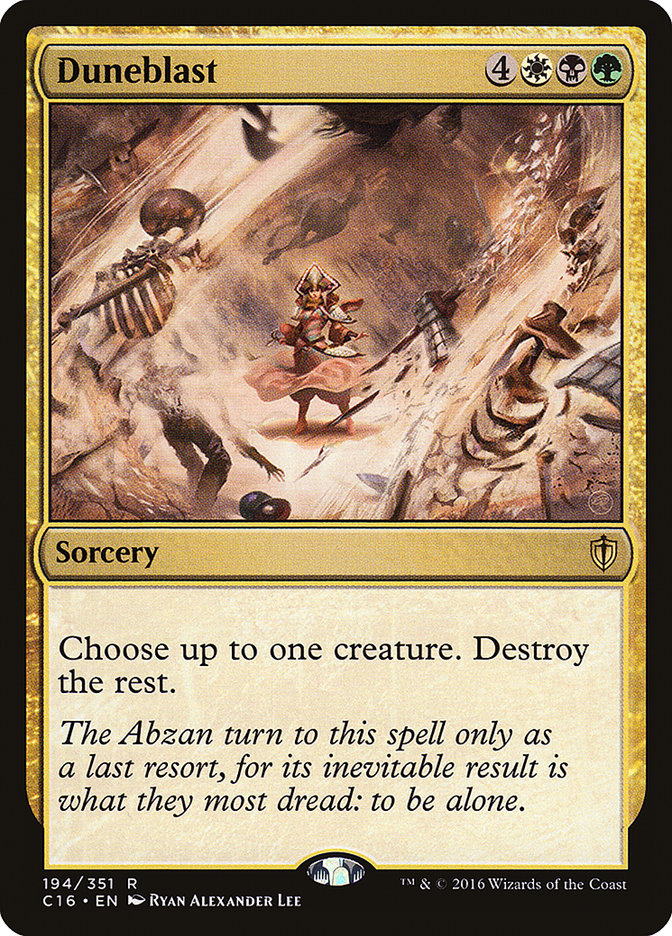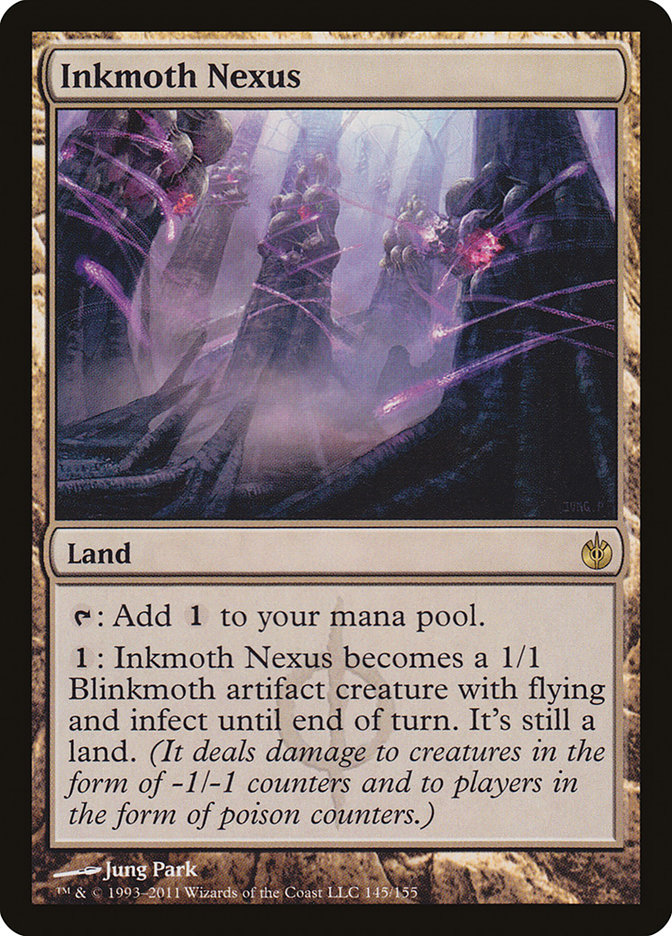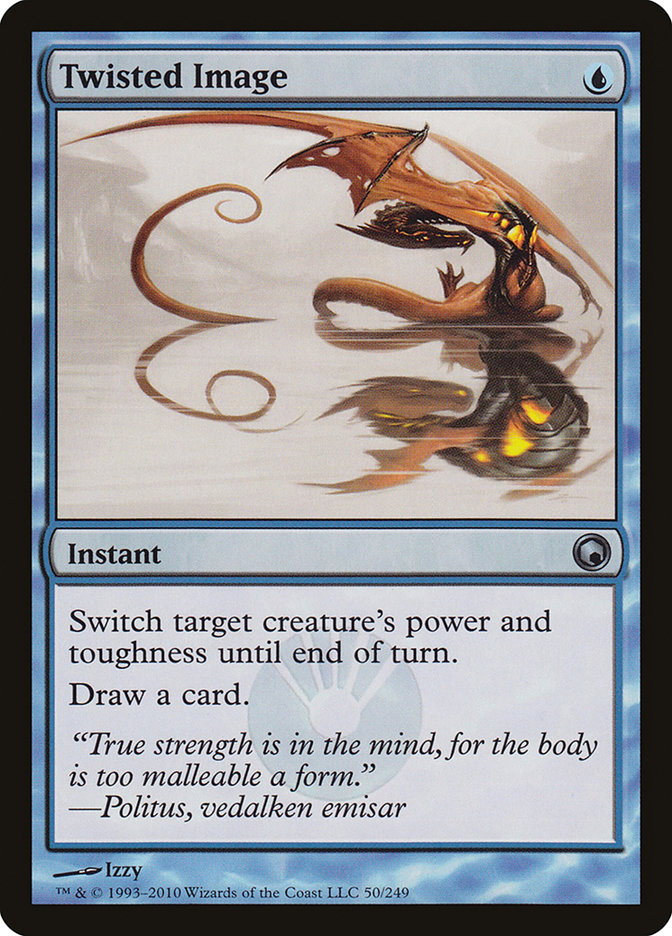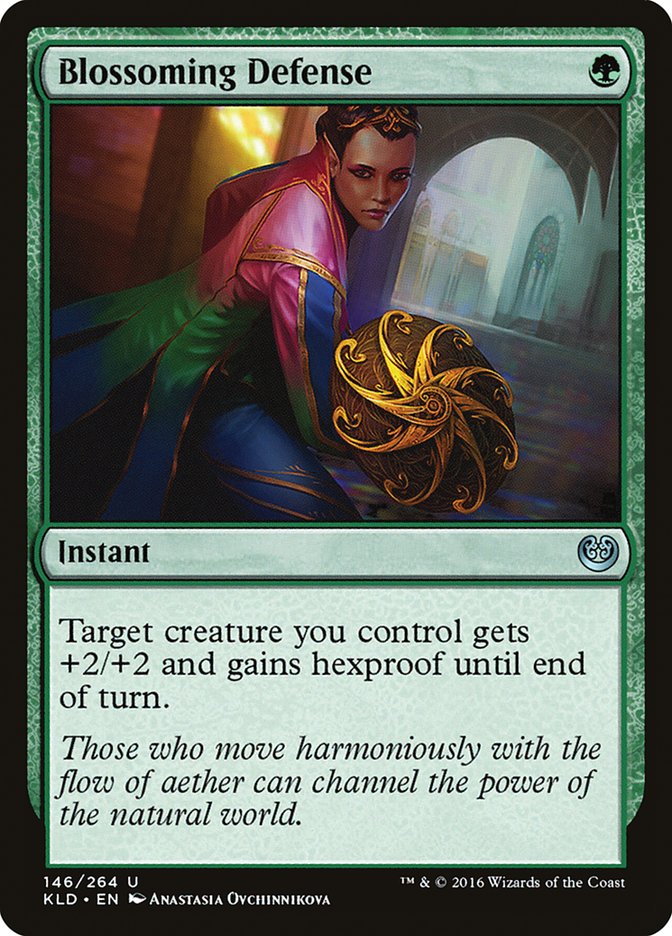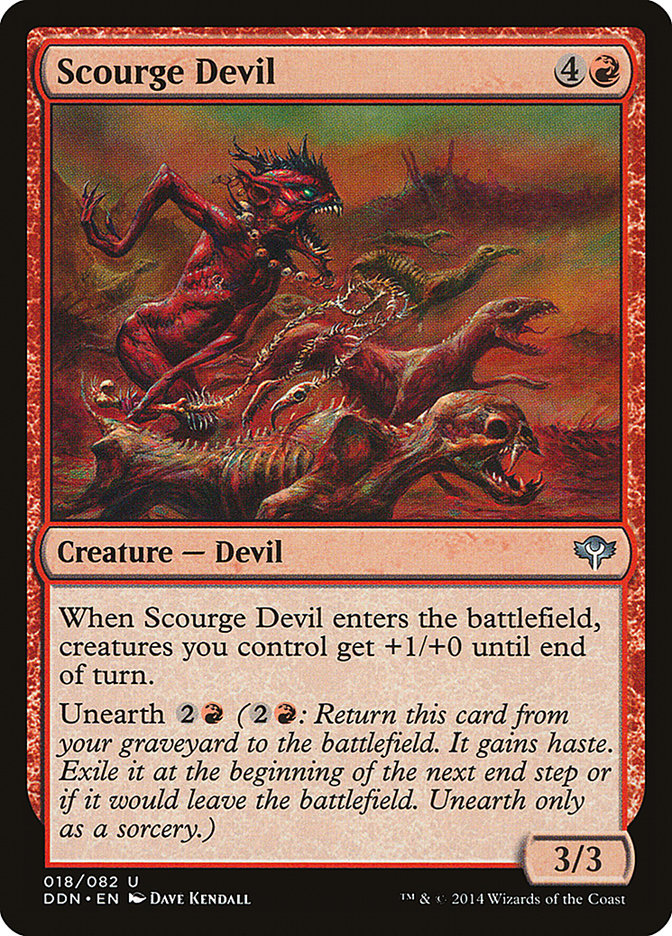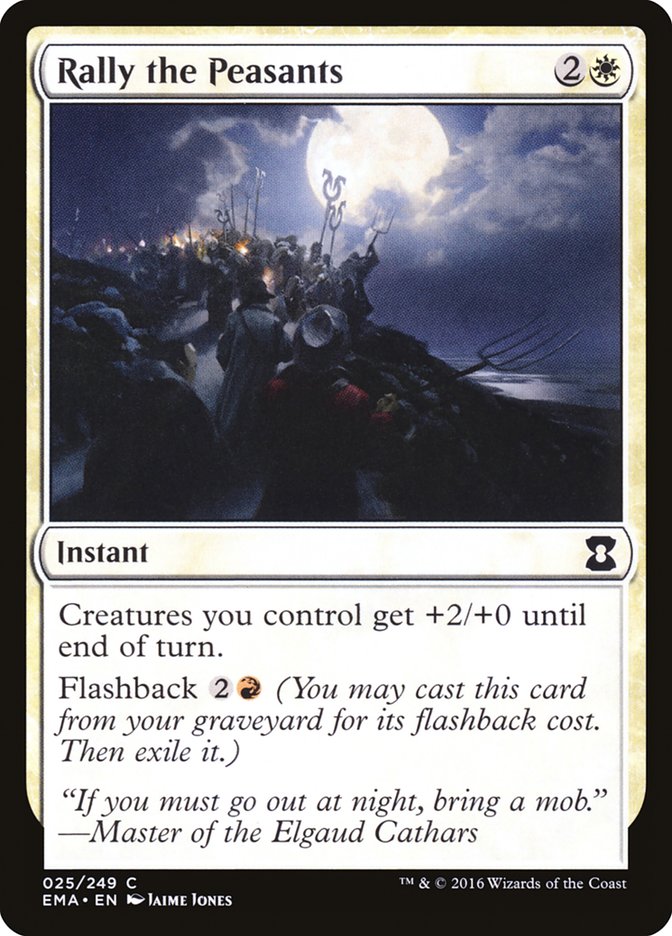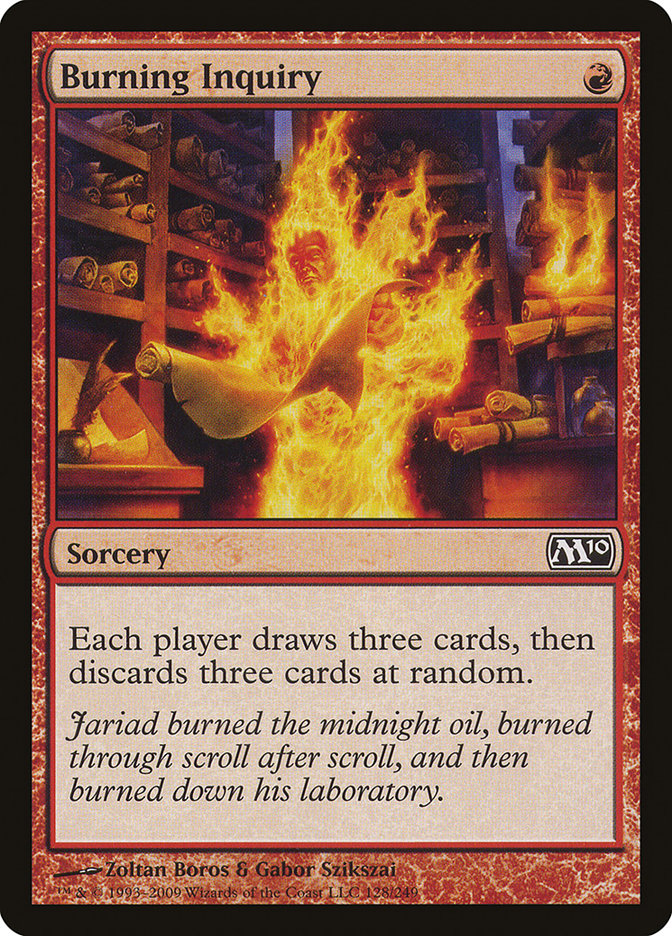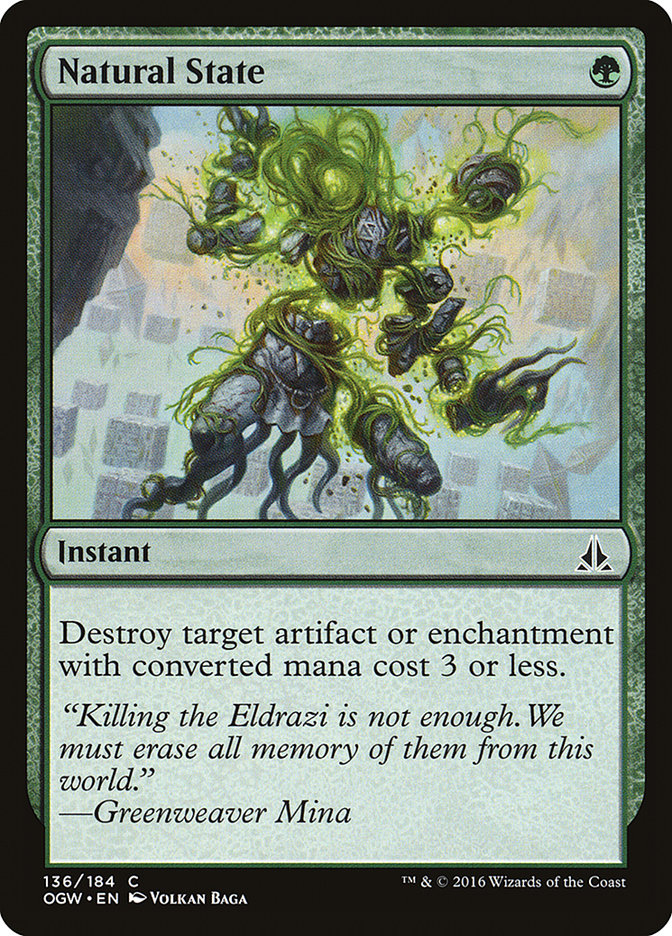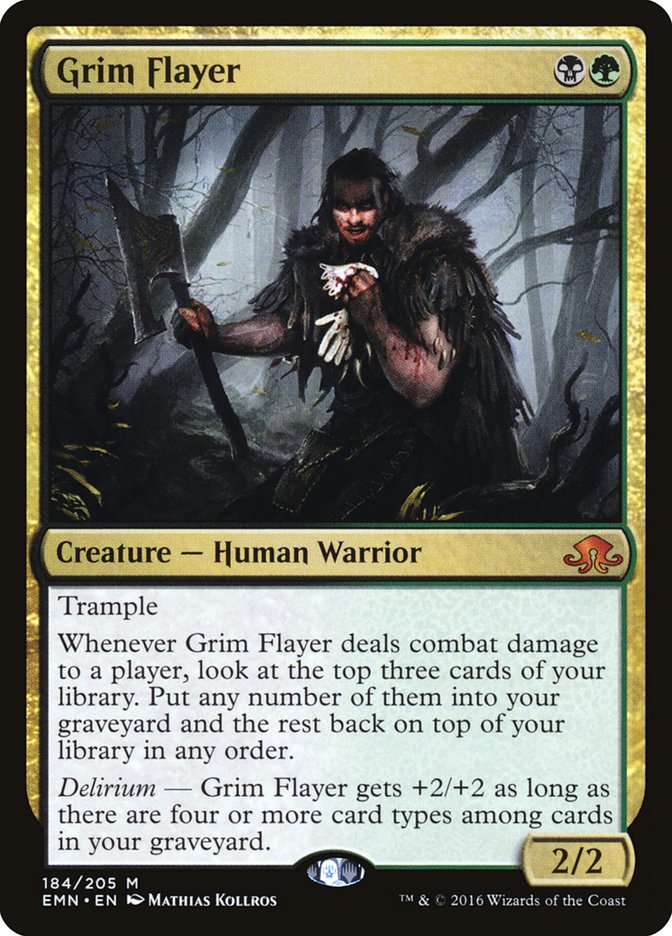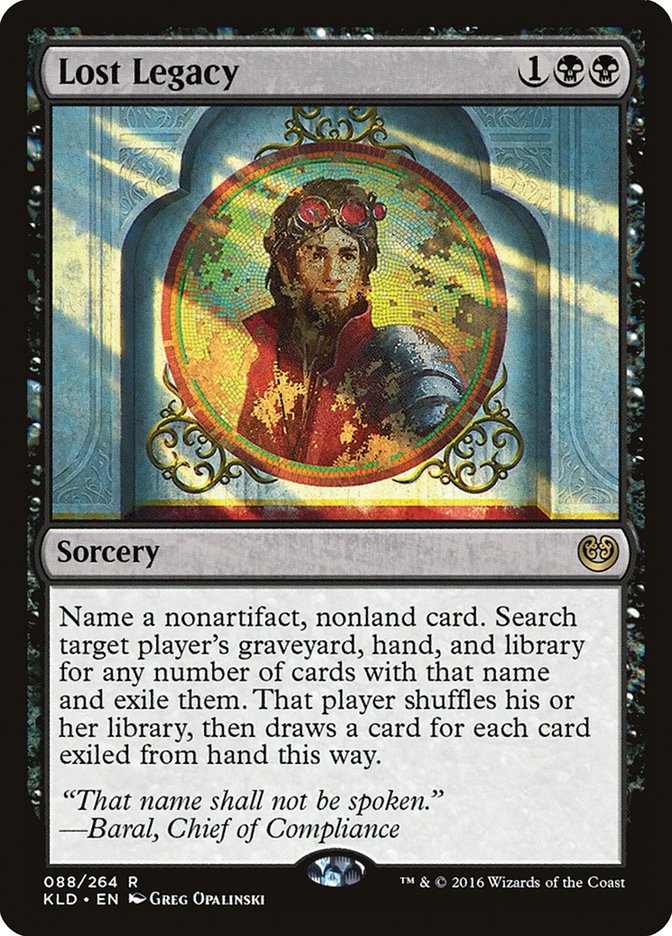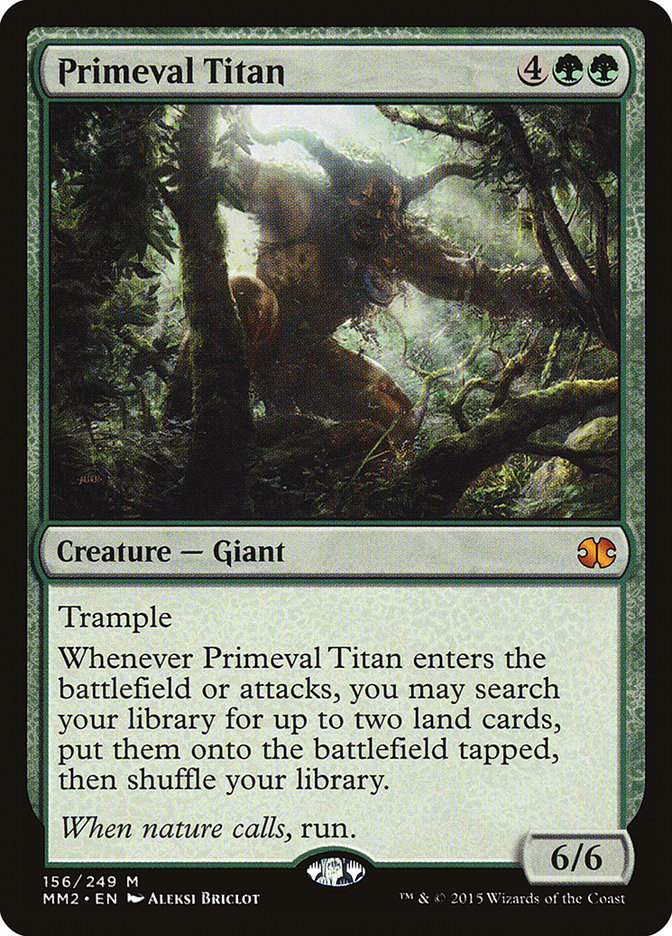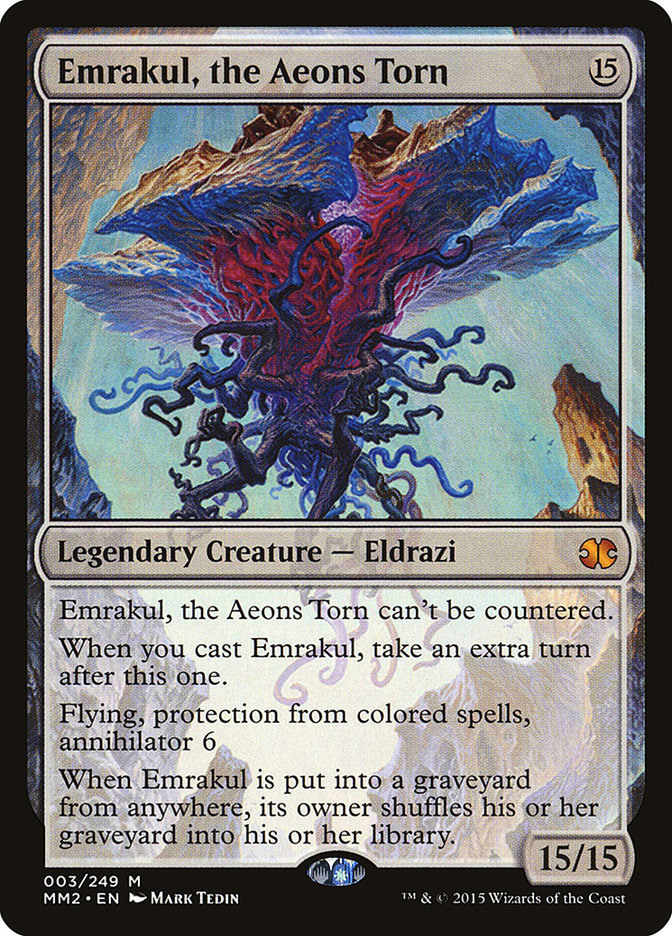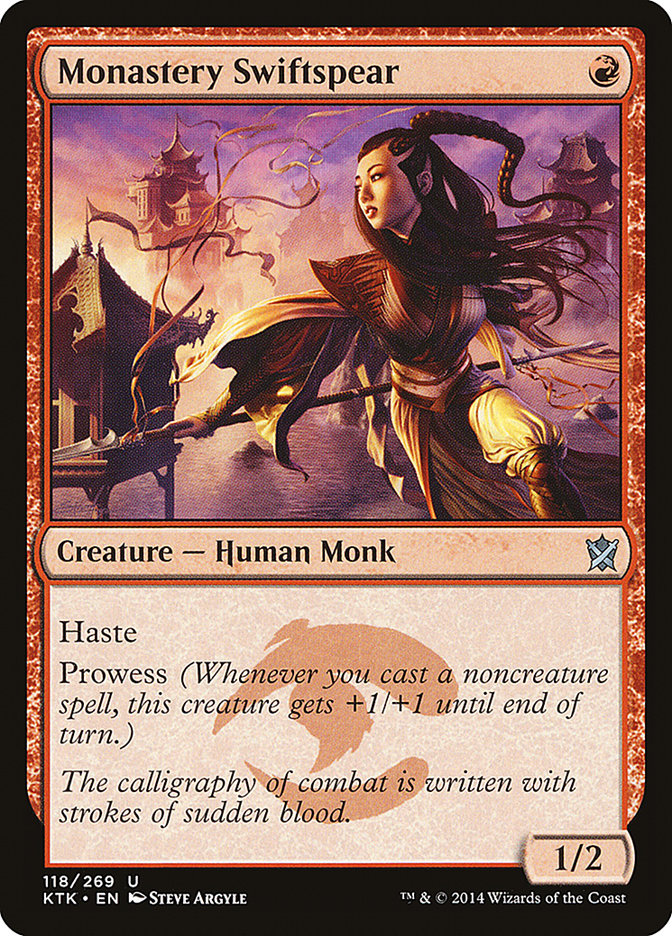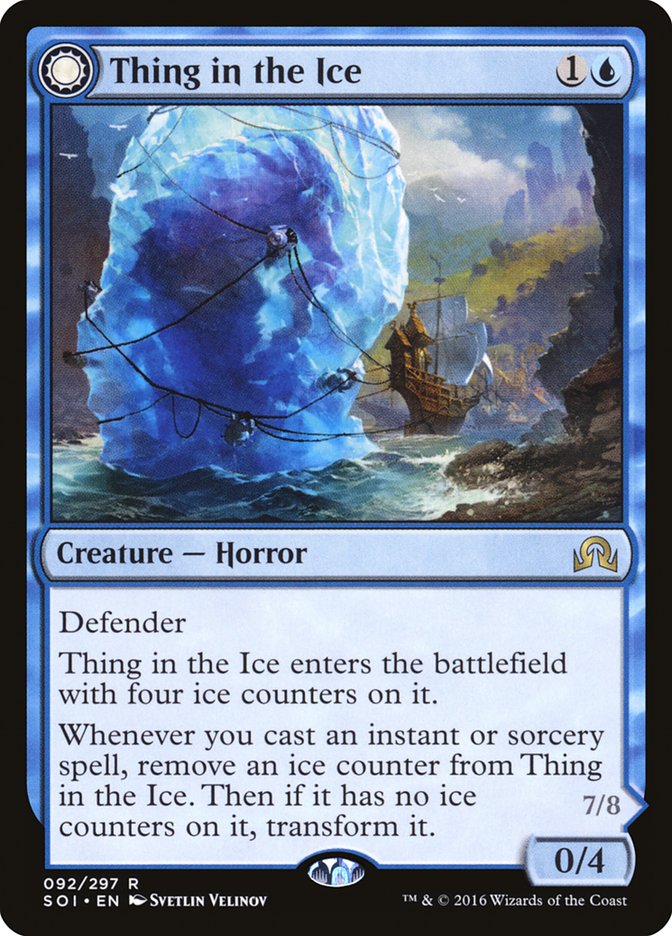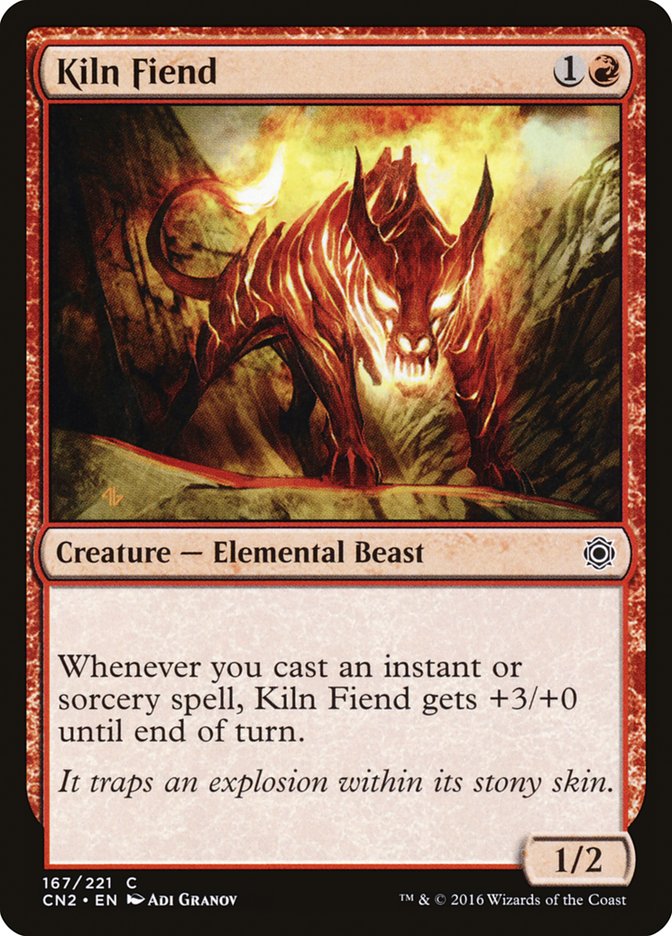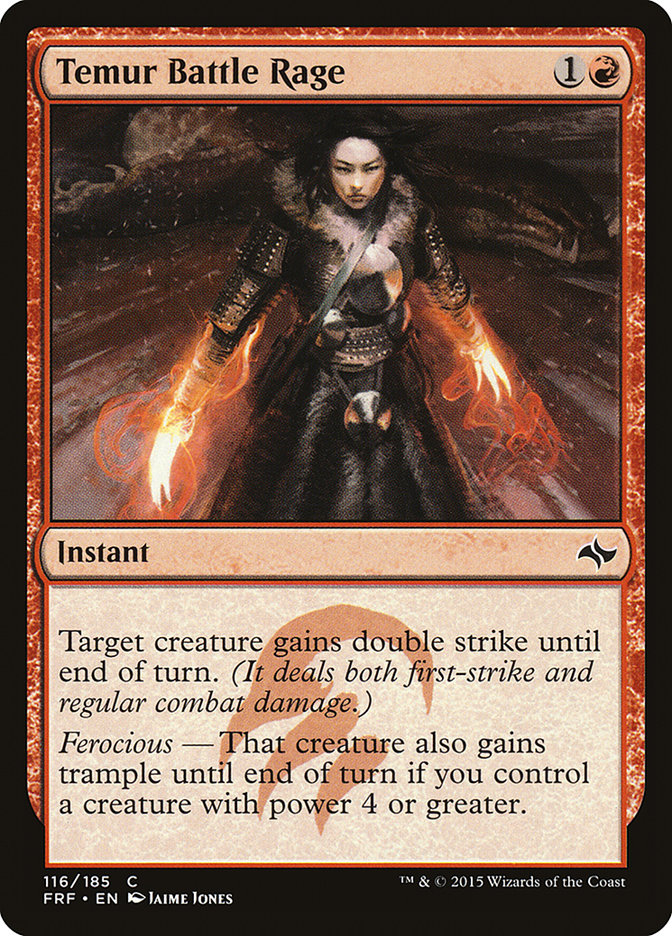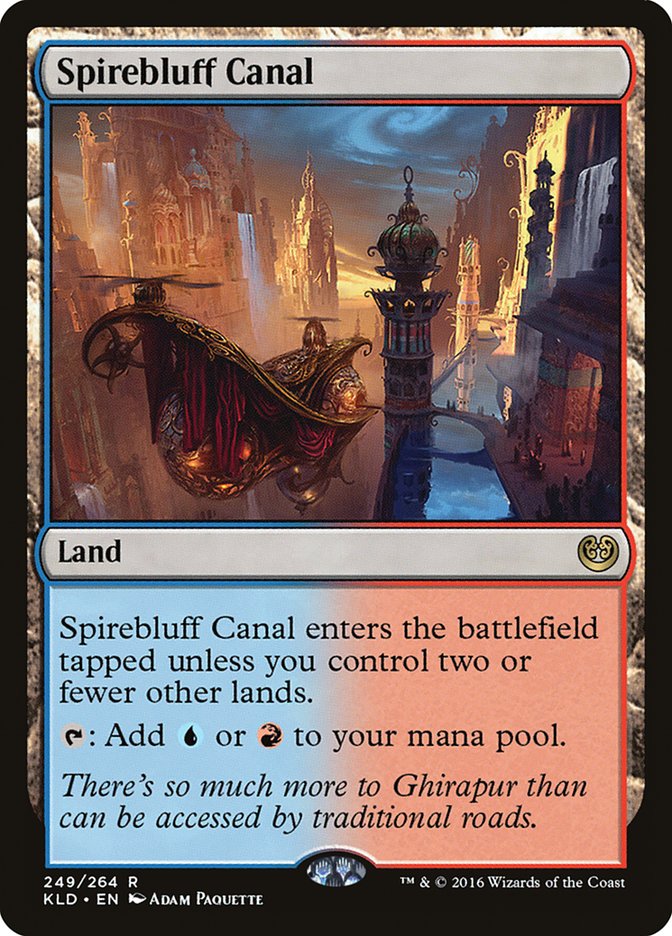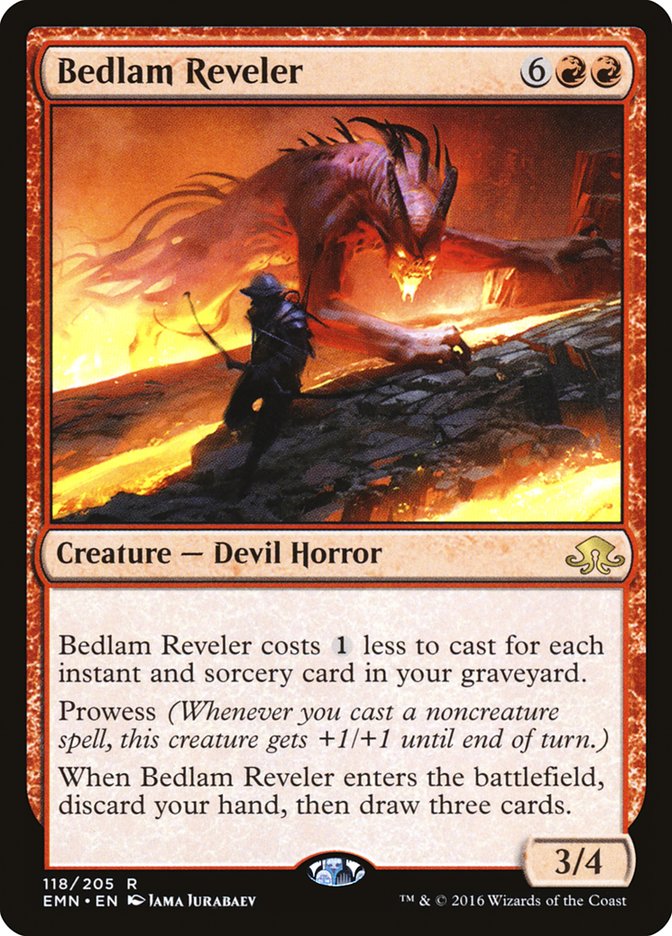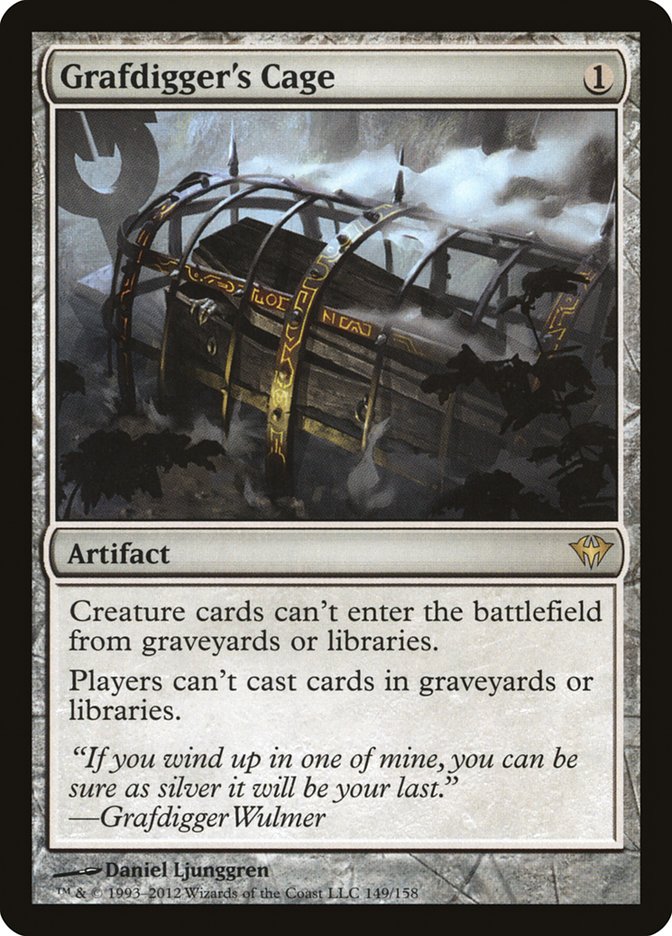The 2016 Magic World Cup is in the books, and the National Team of Greece walked away with the trophy, completing the redemption story after Denmark snatched the title away from them in 2014 with a topdecked Duneblast.
The Magic World Cup is quite a bit different from the usual tournament system. To begin with, qualifying for the event mostly follows a very different path from Pro Tours, with each team consisting of the country’s highest Pro Point earner of the previous year and three winners of qualifier tournaments.
The event itself is not only a team event (which brings with it all sorts of quirks) but also held is an unusual multi-stage system that is designed to ensure drama every round and as many countries as possible still being in contention as long as possible. However, it is also pretty complex and leads to some teams with better records finishing below teams with worse records.
This year, the tournament was Unified Modern. This means each team selected three decks, none of which could share any cards besides basic lands. This means you can’t give all three players a Steam Vents to search up, for instance.
Modern is a big enough format that it isn’t hard to find three decks that don’t have any overlap without making a bunch of concessions. The real limitation comes from having to select decks that don’t rely on the same key cards. For instance, you can’t really play Jund and Abzan, since only one of your decks can use Tarmogoyf or Thoughtseize. Likewise, you can’t really play Infect and Affinity, since you can only have one Inkmoth Nexus deck.
Choose your destiny.
While most of us aren’t going to be playing in any Team Unified Modern tournaments anytime soon, the 2016 World Magic Cup was the highest-stakes Modern event since the banning of Eye of Ugin. I found the best-performing decks to provide some interesting food for thought.
|
Archetype |
Day 1 Metagame |
Top 16 Teams Metagame |
Team Record |
|
Infect |
16.5% |
20.3% |
50.7% |
|
Dredge |
14.2% |
14.6% |
49.7% |
|
Bant Eldrazi |
5.0% |
10.4% |
64.9% |
|
Burn |
4.6% |
8.3% |
59.7% |
|
U/R Kiln Fiend |
2.3% |
6.3% |
67.6% |
|
Affinity |
8.7% |
6.3% |
53.9% |
|
Lantern Control |
5.0% |
6.3% |
52.5% |
|
Abzan |
7.8% |
6.3% |
48.1% |
|
7.3% |
4.2% |
48.2% |
|
|
3.2% |
2.1% |
53.8% |
|
|
Merfolk |
2.3% |
2.1% |
51.7% |
|
Jund |
3.7% |
2.1% |
51.2% |
|
Misc.* |
20.2% |
10.4% |
47.1% |
*Misc. appearing in Top 16 = B/R Eldrazi, Grixis Delver, Goryo’s Vengeance, G/W Tron, Jeskai Ascendancy
This chart includes the combined win rate of each team to use each of these decks (data courtesy of Hall of Famer Frank Karsten). This is not the win rate of the deck itself. Two of the decks jump out at us with substantially better win rates for teams using them:
- U/R Kiln Fiend – 67.6%
- Bant Eldrazi – 64.9%
Interestingly, Greece took home the top spot without using either one. Instead they relied on some of the most popular decks in the room. For starters, Panagiotis Papadopoulos piloted a fairly standard, if well-tuned, Infect deck for the team.
Creatures (12)
Lands (20)
Spells (28)
- 4 Might of Old Krosa
- 4 Vines of Vastwood
- 2 Distortion Strike
- 2 Twisted Image
- 4 Mutagenic Growth
- 1 Apostle's Blessing
- 4 Gitaxian Probe
- 1 Dismember
- 4 Become Immense
- 2 Blossoming Defense
Sideboard

The most interesting element of the Greek Infect list is the use of two Twisted Images alongside just two Blossoming Defenses.
Neither is particularly revolutionary, but Infect has been one of the best and most popular decks for a while and has mostly settled into a fairly defined recipe.
Their captain, Bill Chronopoulous (who was also the captain two years ago), was on the second-most-popular deck in the format, Dredge.
Creatures (25)
- 4 Golgari Grave-Troll
- 4 Stinkweed Imp
- 4 Narcomoeba
- 1 Scourge Devil
- 4 Bloodghast
- 4 Prized Amalgam
- 4 Insolent Neonate
Lands (20)
Spells (15)

While it’s hardly settled whether to play one Scourge Devil or one Rally the Peasants (or neither), the biggest tech here is the use of two copies of Burning Inquiry (on top of Faithless Looting and Cathartic Reunion) rather than Tormenting Voice or Shriekhorn.
Burning Inquiry is definitely a lot weaker than Faithless Looting, but we’re already maxed there. Besides, the “random” discard part of Burning Inquiry is actually much less random than it might appear. After all, as the player with Burning Inquiry, we get to choose when to cast it. If we have cards we actually want to cast, we can just do that first.
Once we get our hand down to mostly just cards we want to discard, the main risk is discarding cards from the top of our deck instead of our hand. There are enough good hits in the deck, however, that even the top of our library is typically going to give us something worth milling.
Finally, one other feature of Burning Inquiry is how efficiently it works with Life from the Loam. Like with the other looting cards, Burning Inquiry gives us something efficient to do with extra lands we draw, a way to dredge Loam multiple times in a turn, and a way to get lands in the graveyard to turn our Loam on in the first place.
Modern is an extremely large format, so even though all three Greek players wanted to play green artifact and enchantment destruction in their sideboards, all three were easily able to play a diverse mix without problems. The above-mentioned Seal of Primordium was part of Petros Tziotis’s sideboard for his traditional Abzan list:
Creatures (14)
Planeswalkers (4)
Lands (24)
Spells (18)

I love seeing Siege Rhino back in the mix!
While many players have abandoned Siege Rhino for Grim Flayer, Petros has gone back to Abzan’s roots. The format has bent so hard to fight back against Dredge, it’s not surprising to see a player with Tarmogoyf and Lingering Souls want to reduce their vulnerability to graveyard hate.
Liliana, the Last Hope has been seeing more and more play as a one-of in Jund, and here we see a second copy in Abzan’s sideboard in addition to one maindeck. She’s very slot-efficient, providing a powerful weapon against one toughness creature decks like Infect and Affinity while also serving as a powerful threat and source of card advantage against midrange decks.
Lost Legacy is a little bit of a hedge. It’s both graveyard hate for Prized Amalgams and disruption for creature combo decks that rely on Primeval Titan or Emrakul, the Aeons Torn.
One other retro card choice is the “return” of Dark Confidant. Dark Confidant never really fully left, but many times over the past year Abzan and Jund players have left Bob on the bench, fearing Lava Spikes.
The popularity of Dredge (and along with it Gnaw to the Bone) has dealt a major blow to the burn decks that were so popular for so long. As a result, Dark Confidant’s stock is on the rise. Nevertheless, there may be a new contender vying for the Burn deck of choice. The aforementioned U/R Kiln Fiend deck was a surprising powerhouse and one of the big talks of the weekend. Despite just five teams registering U/R Kiln Fiend decks in the entire tournament, three of them reached the Top 8!
The deck exploits Monastery Swiftspear, Thing in the Ice, and Kiln Fiend with free or effectively free spells like Mutagenic Growth, Gitaxian Probe, and Manamorphose combined with Temur Battle Rage for one-hit kills.
In some ways, the deck is sort of like Infect but with all creatures having two or more toughness. For example, here is the list piloted by Manuel Succari of Team Panama:
Creatures (13)
Lands (17)
Spells (30)
- 4 Lightning Bolt
- 2 Sleight of Hand
- 4 Serum Visions
- 4 Manamorphose
- 4 Mutagenic Growth
- 2 Apostle's Blessing
- 4 Gitaxian Probe
- 1 Vapor Snag
- 1 Faithless Looting
- 4 Temur Battle Rage
Sideboard

This deck makes extremely good use of Spirebluff Canal to help conserve life for paying Phyrexian mana costs.
In addition to the primary twelve creatures, Bedlam Reveler also shows up in small numbers (though it is quite bad to draw in multiples because of how much it slows you down).
One of my favorite parts about this deck is how few pump spells it uses. Because all of its creatures pump themselves, you don’t need to play cards like Might of Old Krosa or Become Immense. You’ve got Temur Battle Rage to double, but beyond that, there is just Mutagenic Growth, which is also an invaluable defensive card for protecting your creatures against Lightning Bolt.
It would seem that those that stayed true to the MTGO style of U/R Kiln Fiend consistently did well. For instance, Ryan Cubit of Australia was within one spell maindeck of Succari (a second Bedlam Reveler instead of the Faithless Looting).
Creatures (14)
Lands (17)
Spells (29)

It’s a small point, but it’s worth noting the great diversity of graveyard hate options players ran. Running a mix is actually harder in the Team Unified format but is crucial for making sure the Dredge player has as hard a time as possible playing around your hate cards. Of course, you still have to take into consideration how the cards interact with your deck. For instance, check out the list played by Manuel’s teammate, Saul Alvarado:
Creatures (28)
- 1 Birds of Paradise
- 4 Noble Hierarch
- 2 Spellskite
- 4 Drowner of Hope
- 3 Eldrazi Skyspawner
- 4 Eldrazi Displacer
- 4 Reality Smasher
- 4 Thought-Knot Seer
- 2 Matter Reshaper
Lands (23)
Spells (9)

Was his teammate using Rest in Peace, meaning he couldn’t actually play the mix he wanted?
No. Actually, it’s because Grafdigger’s Cage is colorless. Ancient Stirrings gives us powerful selection for finding colorless cards. Since he can find his best colorless cards so much more regularly, Saul was willing to go all-in on the Cage rather than use a split.
One last deck I’d like to take a look at, is…Burn.
Maybe Burn isn’t dead after all?
Burn’s team win percentage was just a hair under 60%, which is particularly notable when you consider that U/R Kiln Fiend and the usual Naya builds of Burn can never be on the same team. The archetype also overperformed on every day of competition. Here’s the list Branco Neirynck of Team Belgium took to the finals:
Creatures (17)
Lands (20)
Spells (23)

While it’s possible that the archetype experienced a boost from the slightly abnormal distribution of opponents, I think the archetype has a rock-solid foundation and will rise whenever people cheat on hate for it too much.
Affinity, Infect, Dredge, and Burn? An awful lot of sideboard space in Modern is perpetually eaten up by these powerful linear strategies. I wonder where it goes. I wonder if we’ll see a major change to the rules or the banned list in the year to come…
What do you think? With no Modern Pro Tour this year, there isn’t the same need to ban or unban anything.


